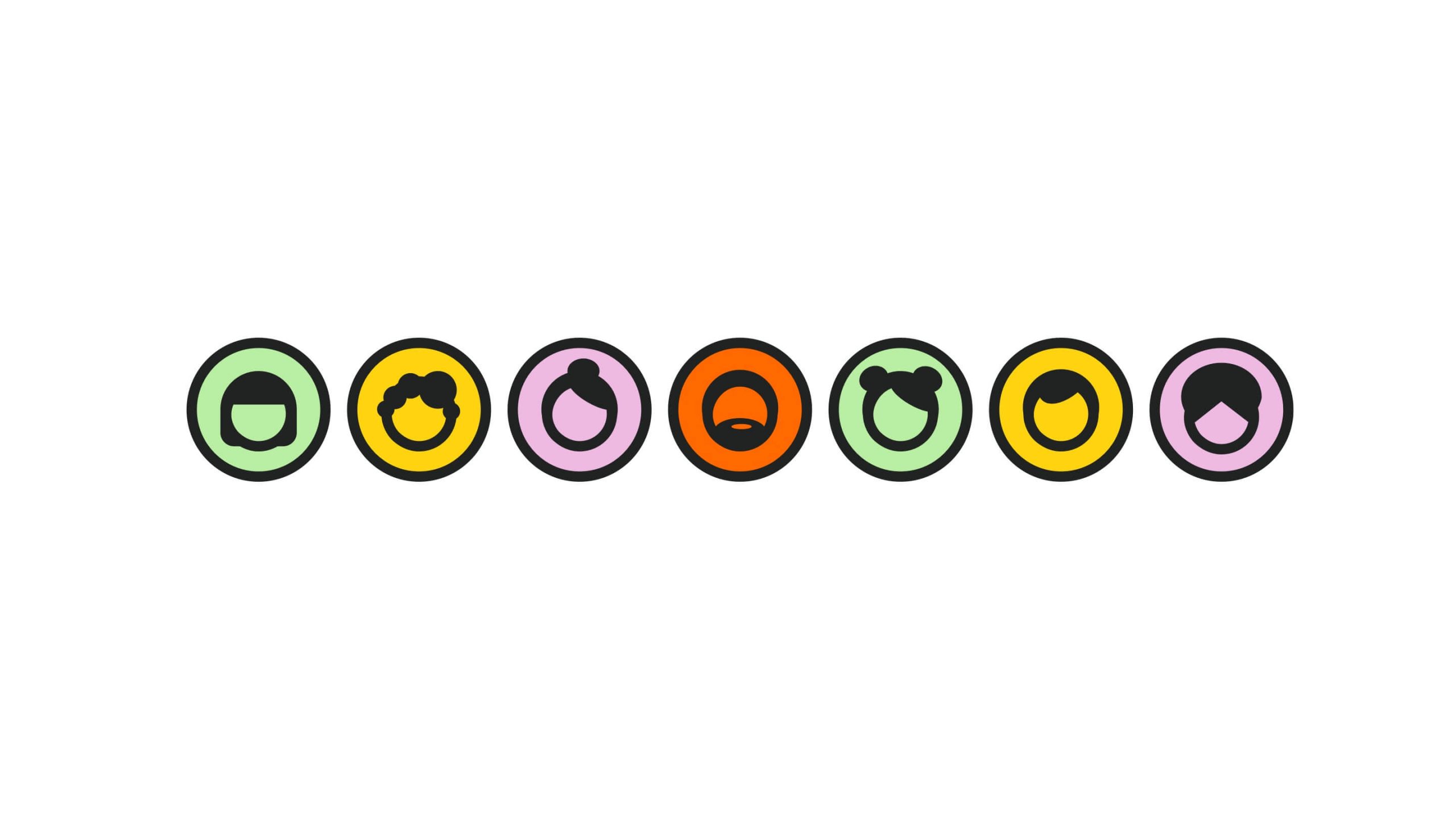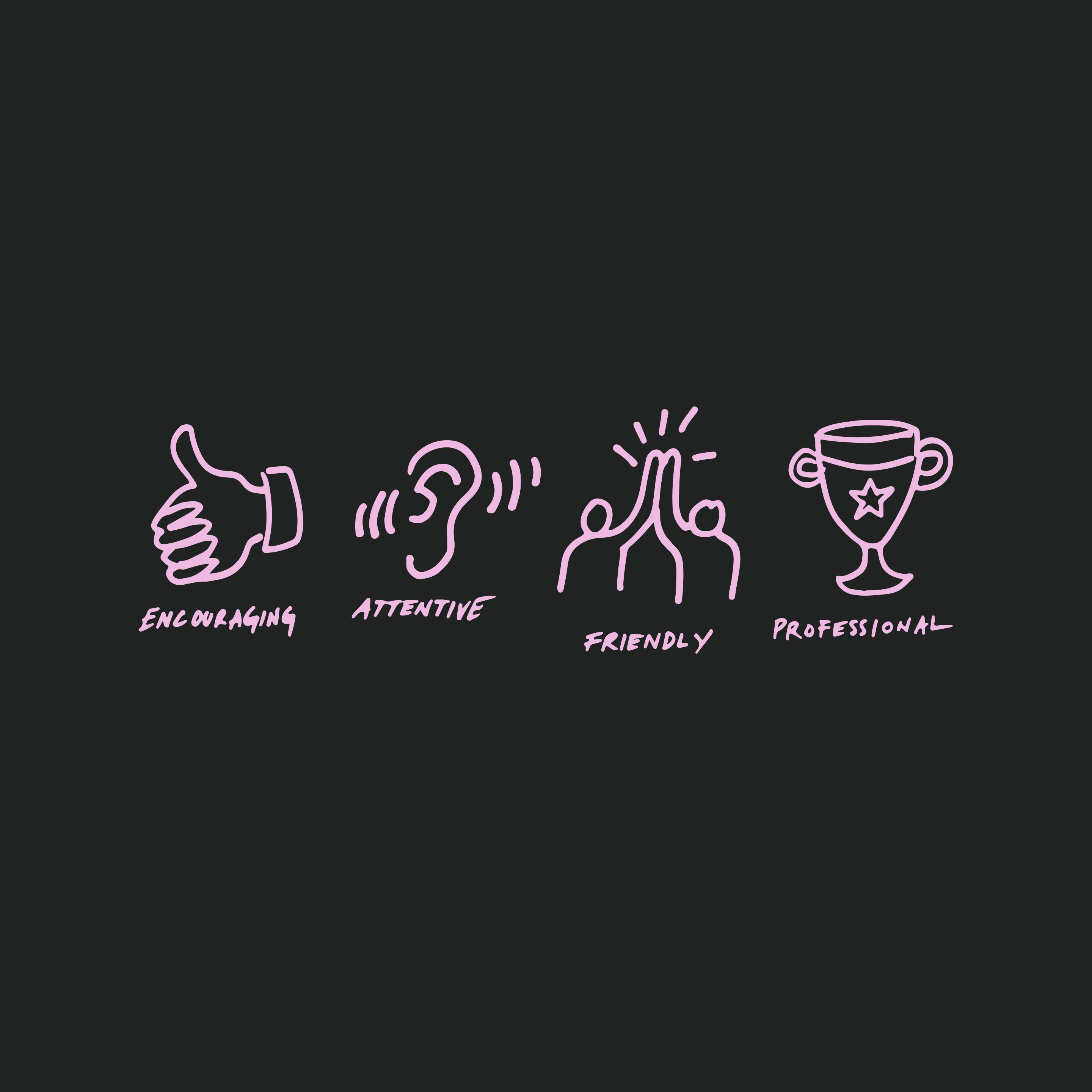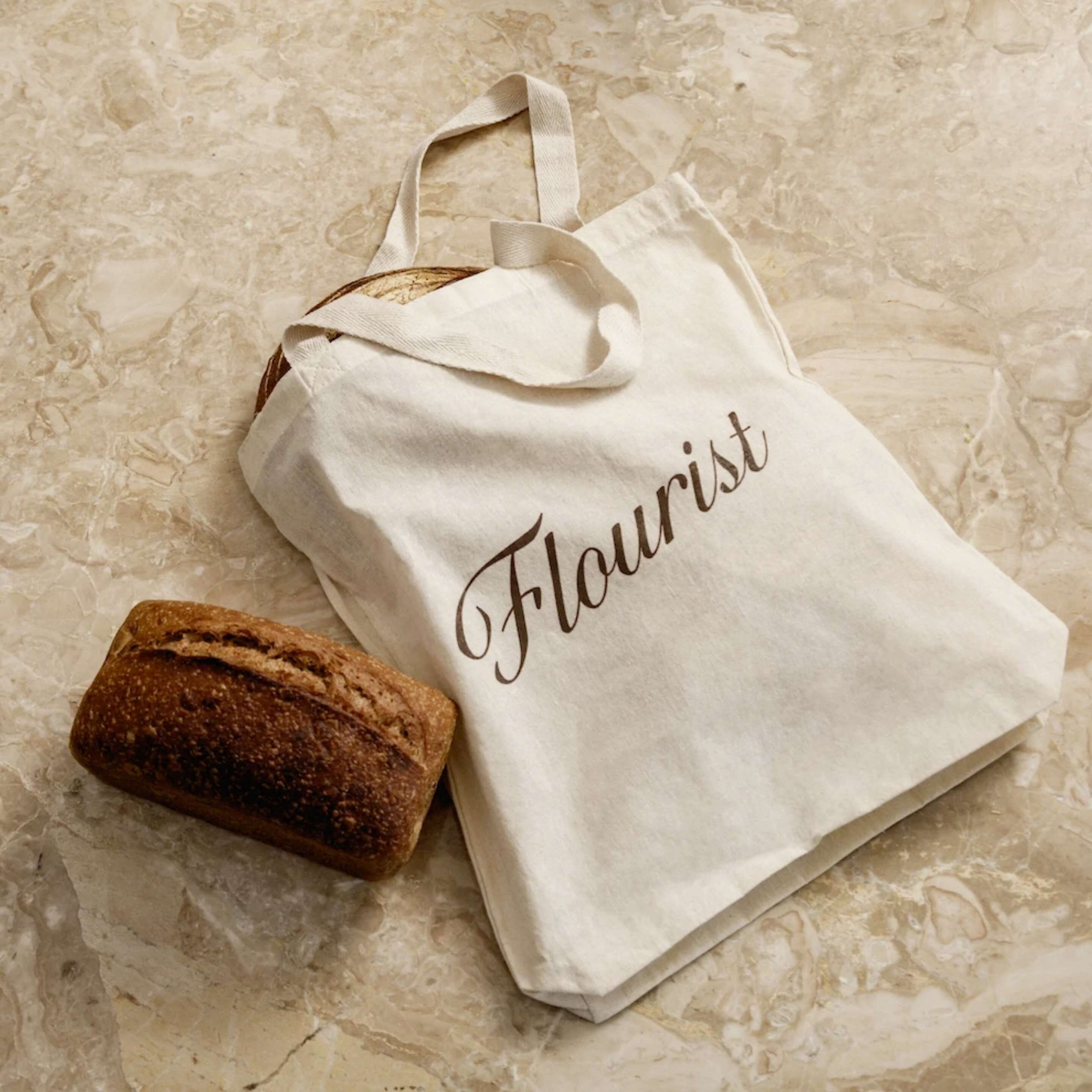What’s the foundation of a truly great content marketing strategy? A list of annual business goals? A clear set of brand pillars? These are vital, but your starting point is something a little less tangible: Empathy.
Starting with empathy as your foundation means delving deep into the mind of your customers to grasp what works for them—not just what works for you.
Maybe in-depth audience research isn’t in you budget, or your audience doesn’t yet exist for a brand new company. The best thing you can have in your arsenal is a set of robust audience personas. The secret to making them absolutely indispensable? Make them feel like real people. It makes them indispensable.
Skipping personas when developing a strategy does a huge disservice to your customers. You never dive deep enough in their needs or questions to see how your content can address those pain points.
At Monday, audience personas are our most effective tool for identifying fresh, relevant content ideas—for blogs, social media or video. Doing it well requires a little imagination, but following an audience persona template makes it easier than you might think.
We’ll break down the steps for you.
1. Prioritize Your Audience Groups
This is where brands and organizations most often fail, before they even begin. Great content can’t speak to everyone. Truly great content is laser focused on a particular audience and serves that audience unrelentingly. This is how brands create loyalty. “The General Public” is not the foundation of a good customer persona, nor of a useful content marketing strategy.
The most effective communication is singularly focused—one message, one call to action, one audience. Start by listing all your potential audience groups or customer types, and once you’ve done that, prioritize ruthlessly. Identify your #1 priority audience—the group that can make or break your brand and financial success. This is who you’re targeting.
Let’s say you’re launching a line of high-end organic dog beds. You may be tempted to identify “dog owners” as your primary audience. But not every dog owner will spend $300 on a tufted organic wool dog bed.
Get more specific—think about who is most likely to splurge on their pets. Your audience groups might then be Upscale Empty Nesters and Urban DINKS (double income, no kids—come on!). Pick the one that’s likely to be more lucrative: Empty Nesters have a lot of time on their hands and are looking for somewhere to funnel their nurturing energy.
2. Define an Individual
The most common mistake I see in audience personas: keeping it high level, thinking that it should encapsulate the entire audience group they’ve identified. But real empathy is in the details.
Your audience persona should feel like one real person—not a broad archetype. If we decide to focus on Empty Nesters, our persona is not “women aged 50-65”—no, instead she has a name, specific age, a hometown.
Our persona then is Carol Choo. She’s 58 years old and she lives in the Queen Anne neighbourhood of Seattle. Often I recommend finding a photo that accurately represents that persona.
Now let’s get to know our persona. Here’s where it’s vital to remember step 3.
3. Get into the Details
Your audience persona becomes useful only once you can get into his or her shoes and identify their wants, needs and the pain points you can start to address. We develop robust stories for our personas because it’s the most useful starting place for a list of topics to cover in our content marketing.
Let’s get back to Carol
She’s a former HR manager for a large consulting firm in Seattle. She has a husband who worked at Microsoft. They don’t like to fly because it means they can’t travel with their dog Sadie. Instead they bought a property on San Juan Island where they unwind, and they usually spend two weeks in Whistler in the winter.
She’s concerned with balance and wellness, and for her that extends to her environmental impact. She doesn’t want throw-away pet products, but something that will really last, and that can be disposed of sustainably. She spent a lot of money designing both of her homes and she wants a dog bed that aligns with her carefully cultivated aesthetic. She’s sensitive to odours and, as much as she loves her dog, she hates the way his current bed smells.
Now that I’m really in her brain I have so many ideas to funnel into both product development and content: I can use my marketing to show her how my dog beds can be part of a beautifully designed home and show how one bed looks great in a modern urban design and a rustic cabin. I can talk about the anti-microbial and anti-smell
properties of my fabrics. I can choose to minimize the packaging my dog beds come in, but also I can demonstrate ways to repurpose or dispose of the product when it reaches the end of its use.
That’s a month of more of content ideas already. Great content comes when you know your audience enough to see what is standing in their way and imagine ways to help lower those barriers. And that comes from a place of deep understanding.
One of the best compliments a client has ever given me is asking if a persona I created is just a real person I know. Great personas feel familiar and memorable. They have quirks. Most importantly, they become your companion and guide as you develop your brand and content. Talk about them as a team and ask things like: “Would Nina care about this?” “Would Bassam find this interesting?” “Would Margo attend this webinar?” Personas are excellent co-brainstormers. Don’t skip over them—they only make you better.







